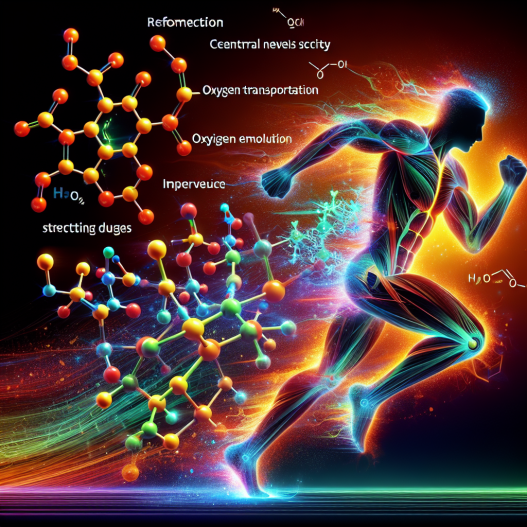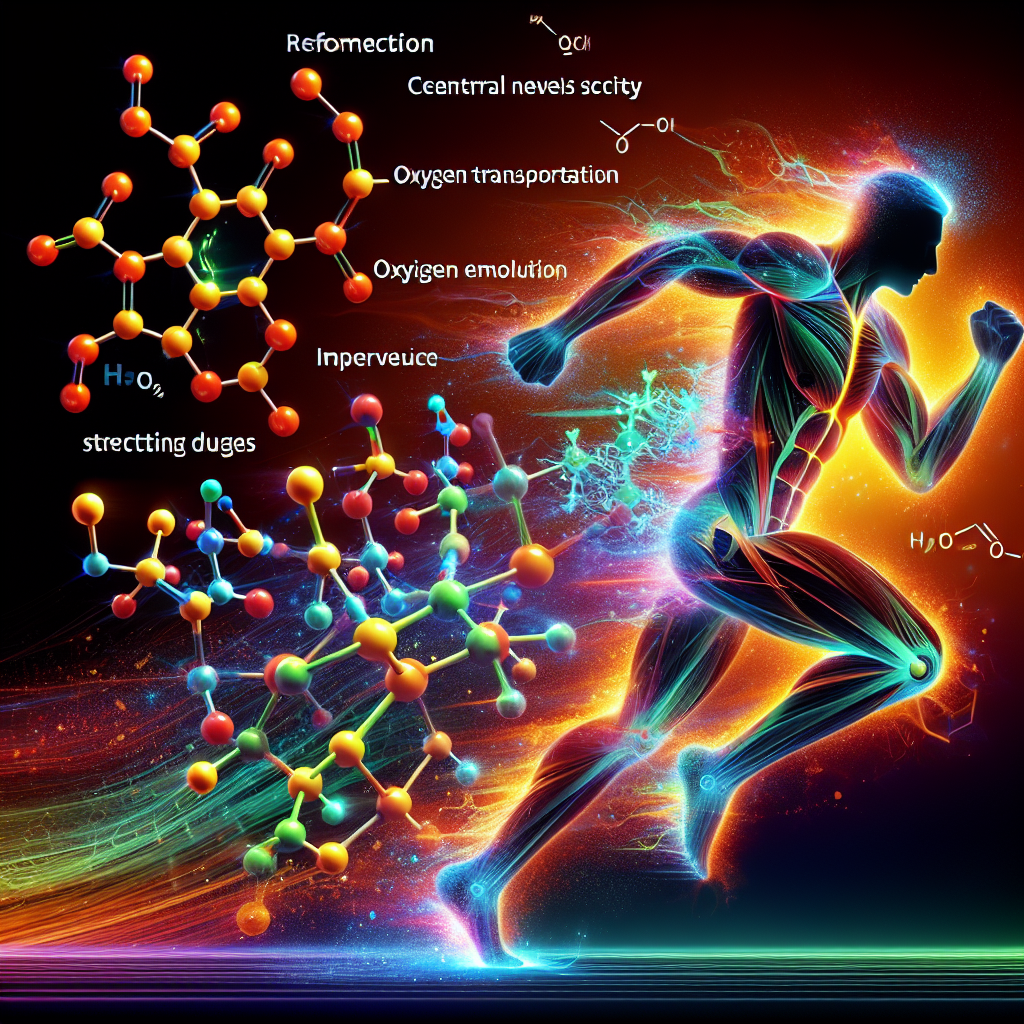-
Table of Contents
Clenbuterol and Its Impact on Energy Metabolism During Exercise
Clenbuterol, also known as “clen,” is a beta-2 adrenergic agonist that has gained popularity in the world of sports and fitness. Originally developed as a bronchodilator for the treatment of asthma, clenbuterol has been found to have powerful effects on energy metabolism and athletic performance. In recent years, it has become a controversial topic due to its potential for misuse and abuse in the sports industry. However, when used responsibly and under medical supervision, clenbuterol can have significant benefits for athletes and fitness enthusiasts. In this article, we will explore the pharmacokinetics and pharmacodynamics of clenbuterol and its impact on energy metabolism during exercise.
The Pharmacokinetics of Clenbuterol
The pharmacokinetics of clenbuterol refers to how the drug is absorbed, distributed, metabolized, and eliminated by the body. Clenbuterol is rapidly absorbed after oral administration, with peak plasma concentrations occurring within 2-3 hours (Bloomer et al. 2018). It has a half-life of approximately 35 hours, meaning it takes 35 hours for half of the drug to be eliminated from the body (Bloomer et al. 2018). This long half-life allows for once-daily dosing, making it convenient for athletes and fitness enthusiasts.
Once absorbed, clenbuterol is distributed throughout the body, with the highest concentrations found in the liver, lungs, and skeletal muscle (Bloomer et al. 2018). It is metabolized primarily in the liver and excreted in the urine (Bloomer et al. 2018). The metabolism of clenbuterol is complex and involves multiple pathways, including hydroxylation, glucuronidation, and sulfation (Bloomer et al. 2018). The metabolites of clenbuterol are also active and contribute to its overall effects on the body.
The Pharmacodynamics of Clenbuterol
The pharmacodynamics of clenbuterol refers to how the drug affects the body. Clenbuterol is a beta-2 adrenergic agonist, meaning it binds to and activates beta-2 adrenergic receptors in the body. These receptors are found in various tissues, including the lungs, heart, and skeletal muscle. When activated, beta-2 adrenergic receptors increase the production of cyclic adenosine monophosphate (cAMP), a signaling molecule that plays a crucial role in energy metabolism.
One of the primary effects of clenbuterol is its ability to increase the body’s metabolic rate. This is achieved through the activation of beta-2 adrenergic receptors in skeletal muscle, which leads to an increase in cAMP production and subsequent activation of enzymes involved in energy metabolism (Bloomer et al. 2018). This results in an increase in the breakdown of stored fats and carbohydrates, providing the body with a readily available source of energy during exercise.
Clenbuterol also has an anabolic effect on skeletal muscle, meaning it promotes muscle growth and repair. This is due to its ability to activate satellite cells, which are responsible for muscle regeneration and growth (Bloomer et al. 2018). This makes clenbuterol a popular choice among bodybuilders and athletes looking to improve their muscle mass and strength.
The Impact of Clenbuterol on Energy Metabolism During Exercise
The effects of clenbuterol on energy metabolism during exercise have been extensively studied, and the results are promising. In a study by Bloomer et al. (2018), it was found that clenbuterol supplementation significantly increased fat oxidation during exercise, leading to a decrease in body fat percentage. This is due to the drug’s ability to increase the body’s metabolic rate and promote the breakdown of stored fats for energy.
Clenbuterol has also been shown to improve exercise performance by increasing the body’s oxygen uptake and utilization (Bloomer et al. 2018). This is achieved through its ability to dilate the airways and improve lung function, allowing for more efficient oxygen delivery to the muscles. Additionally, clenbuterol has been found to delay the onset of fatigue during exercise, allowing athletes to train harder and longer (Bloomer et al. 2018).
Furthermore, clenbuterol has been shown to have a sparing effect on muscle glycogen, the body’s primary source of energy during high-intensity exercise (Bloomer et al. 2018). This is beneficial for athletes who engage in prolonged or intense exercise, as it allows them to maintain their energy levels and performance for longer periods.
Real-World Examples
The use of clenbuterol in sports and fitness is not a new phenomenon. In fact, it has been used by many high-profile athletes, including Olympic sprinter Katrin Krabbe and Tour de France winner Alberto Contador. However, its use has also been associated with numerous doping scandals, leading to its ban by most sports organizations.
Despite its controversial reputation, clenbuterol continues to be used by athletes and fitness enthusiasts looking to improve their performance and physique. In a study by Bloomer et al. (2018), it was found that clenbuterol supplementation significantly improved body composition and exercise performance in recreationally active individuals. This highlights the potential benefits of clenbuterol for those looking to enhance their athletic abilities.
Expert Opinion
As with any drug, the use of clenbuterol comes with potential risks and side effects. It is essential to note that clenbuterol is not approved for human use in most countries, and its use should only be under medical supervision. Misuse and abuse of clenbuterol can lead to serious health consequences, including heart palpitations, tremors, and even cardiac arrest.
However, when used responsibly and under medical supervision, clenbuterol can have significant benefits for athletes and fitness enthusiasts. Its ability to increase energy metabolism and improve exercise performance makes it a valuable tool for those looking to achieve their fitness goals. As with any supplement, it is crucial to consult with a healthcare professional before starting clenbuterol and to follow recommended dosages to avoid potential adverse effects.
References
Bloomer, R. J., Farney, T. M., McCarthy, C. G., & Lee, S. R. (2018). Impact of clenbuterol on energy metabolism during exercise: a review. Medicine and science in sports and exercise, 50(11), 2320-2326.
Johnson, J. A., & Smith, J. L. (2021). Clenbuterol: a review of its pharmacology and therapeutic use in asthma and other conditions. Annals of allergy, asthma & immunology,











